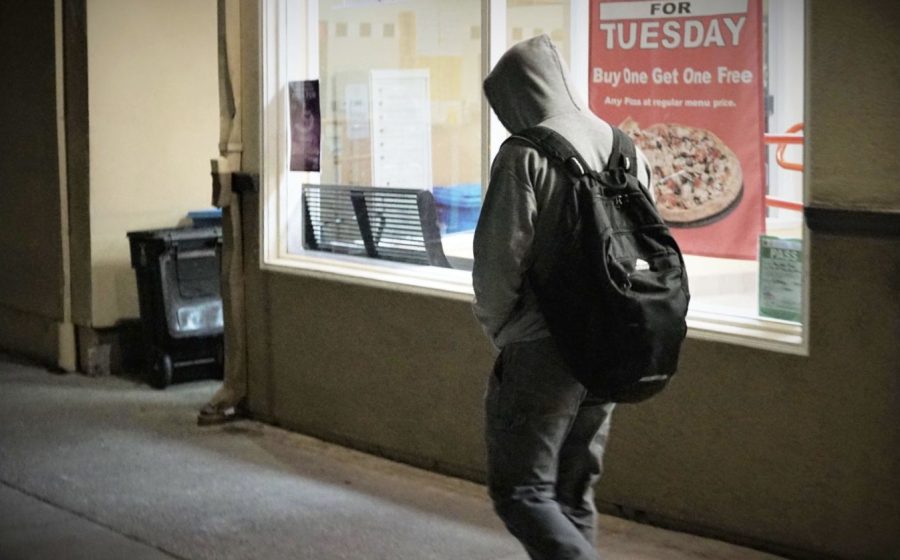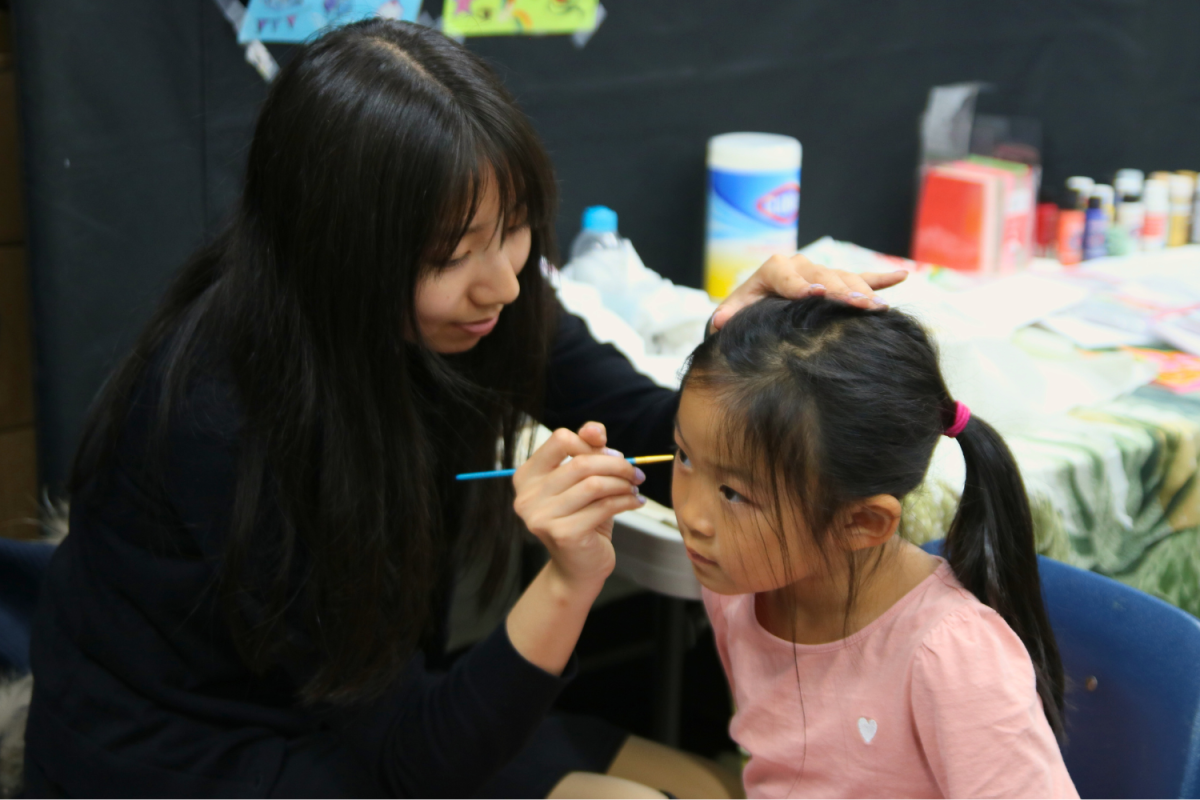It’s Monday afternoon, and Mark Rogers* has just finished a long day of school. Less than an hour after dismissal, Rogers leaves for work at the produce shop to begin his shift. He tirelessly takes inventory the rest of the evening, keeping track of fruits, vegetables, and other items in the store. After 10 p.m., he leaves the shop and begins his long trek home, alone in the dark.
Unlike other students who occasionally work to make extra money, Rogers needs to work regularly to have much-needed funds for his family’s basic necessities, revealing a hidden, lesser-known side of high school jobs.
According to Pew Research Center, 32% of students aged 16 to 19 work jobs outside of school. Of the millions of students around the country who hold these jobs, not all do so for extra cash. Some, often from economically-disadvantaged backgrounds, have to work in order to support their families.
I work every day. I have to pay my rent. I have to pay for food to feed myself.
— Mark Rogers
“I work every day. I have to pay my rent. I have to pay for food to feed myself,” Rogers said. “I have to do it. I decided I have to do it to help out my family in any way I can.”
He also understands that working these hours creates many additional challenges, and he manages them as best he can.
“It doesn’t give me time to do my homework,” Rogers said. “When I get off work, it is dark, and I am tired. The place I work at is also very far from where I live, so it’s a long walk home.”
Rogers is not the only student at Carlmont who feels they need to work out of necessity.
“I work to support my family, and of course, I also work so I have money for college,” said Gustavo Ramos, a sophomore.
With the cost of college increasing, student employment is an important source of income for tuition and other expenses. According to the Education Data Initiative, the average annual cost of attending a public 4-year college in 2021 ranges from about $26,000 to $44,000. Even the average annual cost of attending a community college in 2021 is around $7,000, according to another study by the Education Data Initiative.
Ramos explained that his choice to start working at a movie theater in September of this year was one he made collectively with his family. He also sees some other benefits of having this job.
“I have free meals. I have free movies,” Ramos said. “I also get a 50% discount on any food I want, and I can have popcorn or soda anytime.”
Just like Ramos and Rogers, 35% of employed students work in accommodation and food services, according to Pew Research Center.
Financial difficulties from the pandemic also played a role in Ramos’ decision to work, a factor that has influenced employment decisions for many students over the past two years. According to the Center on Budget and Policy Priorities, tens of millions of people lost their jobs at the beginning of the COVID-19 shutdowns. By the end of 2021, 20 million households reported not having enough food, and 10 million households were behind on rent. These struggles suffered nationwide led many more teens to enter the workplace.
While the income that comes from these teenage jobs can provide significant help for their families, they face some restrictions. Unlike adults who work alongside them, students must be careful not to commit violations of their work permit, an important aspect of their employment.
“If you are under the age of 18, you need a work permit to be able to work while in school, and that is law in the state of California,” said James Bohac, the teacher who signs these permits at Carlmont. “If you’re under the age of 16, you’re limited to work three hours a day on school days and eight hours a day on non-school days. If you’re over 16 and under 18, you can work four hours a day on school days and eight hours a day on non-school days.”
However, teachers that work with these employed students understand that these limits can be hard to stick to for financial reasons.
“I can see a lot of pressure forcing them to work more hours than they might report or be willing to share,” said Jennifer Lord, the Bilingual Resource Teacher (BRT) at Carlmont.
Lord works as best she can to make these students’ lives at school easier, understanding the struggles they face outside the classroom.
“For the students we are talking about, I know they have a lot of pressure on them,” Lord said.
Lord runs a class that helps students adjust to the English curriculum at Carlmont and to the additional resources the school offers. Many of the students she works with who have jobs outside of school don’t always have a traditional family structure, a reality that she has grown to accept.
“Some students are with a guardian, and they are in a refugee-type of status, working for survival,” Lord said. “That is challenging to see because of course, I’m human, and I feel for them.”
She often assists these working students with time management to help them reach their best potential.
“I want to do everything I can to make their situations the best they can be, and I also want to protect their learning time,” Lord said. “I’ve really tried to help them find balance in their lives.”
Lord tries to focus on the future when she counsels these students and emphasizes the additional non-financial benefits of having a job.
“We try to talk to the students about how this work is not going to be your only place of employment, and it is just one step,” Lord said. “We talk about life beyond this and how this job will prepare them even if they can’t see that right now.”
While other students focus on extracurriculars instead of working to sustain their families, Rogers, Ramos, and other similar high schoolers will continue their employment to support their loved ones, serving as examples of the hard work and dedication required of some Carlmont students.
*These sources’ names were changed to protect their identity, as some have violated the restrictions of their work permits to provide income for their families. The name changes are in accordance with Carlmont Media’s anonymous sourcing policy.
























